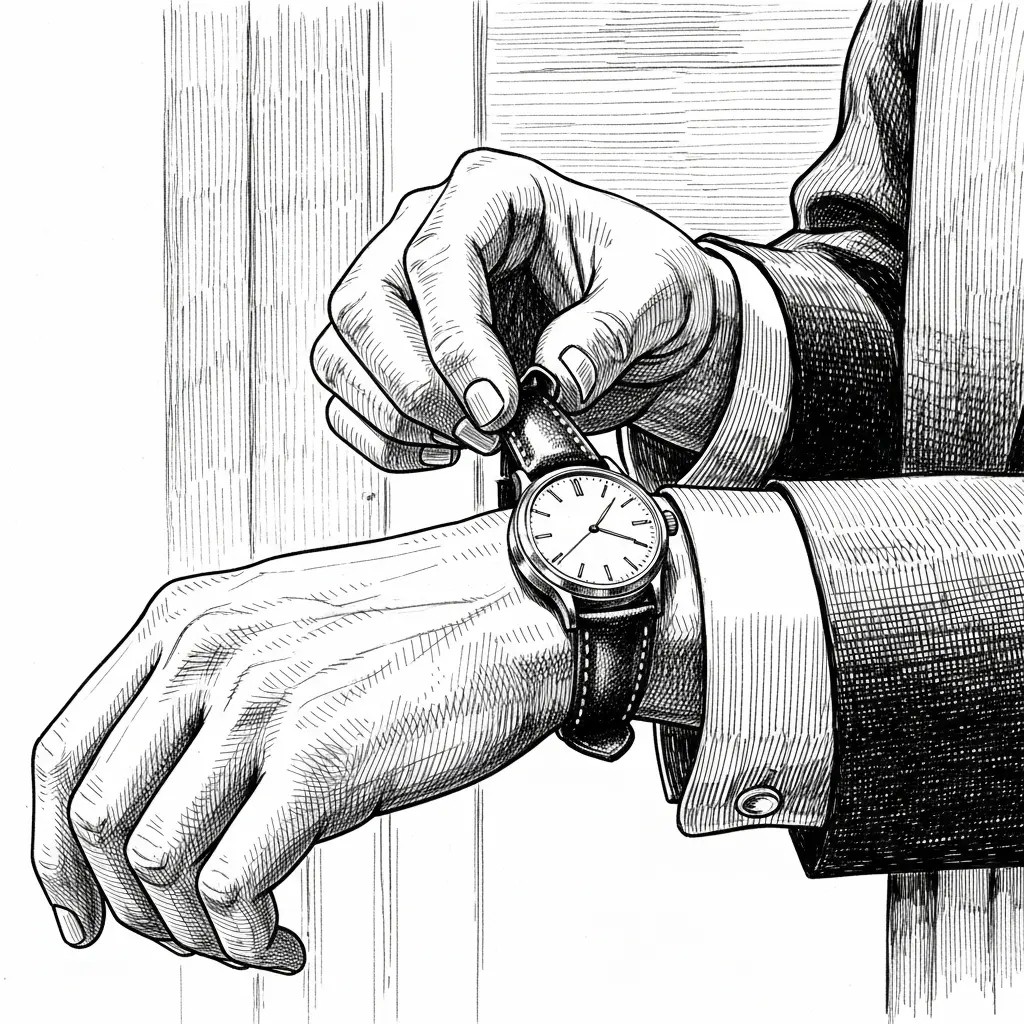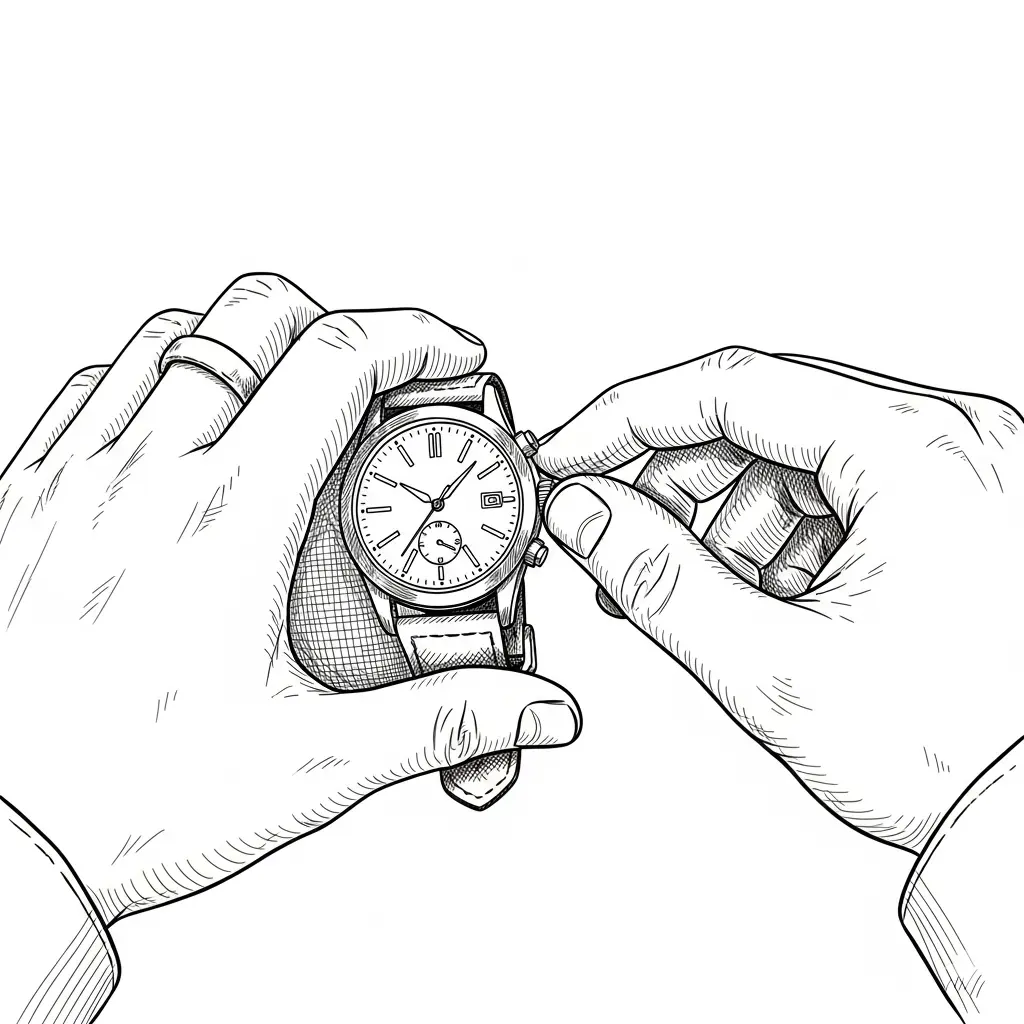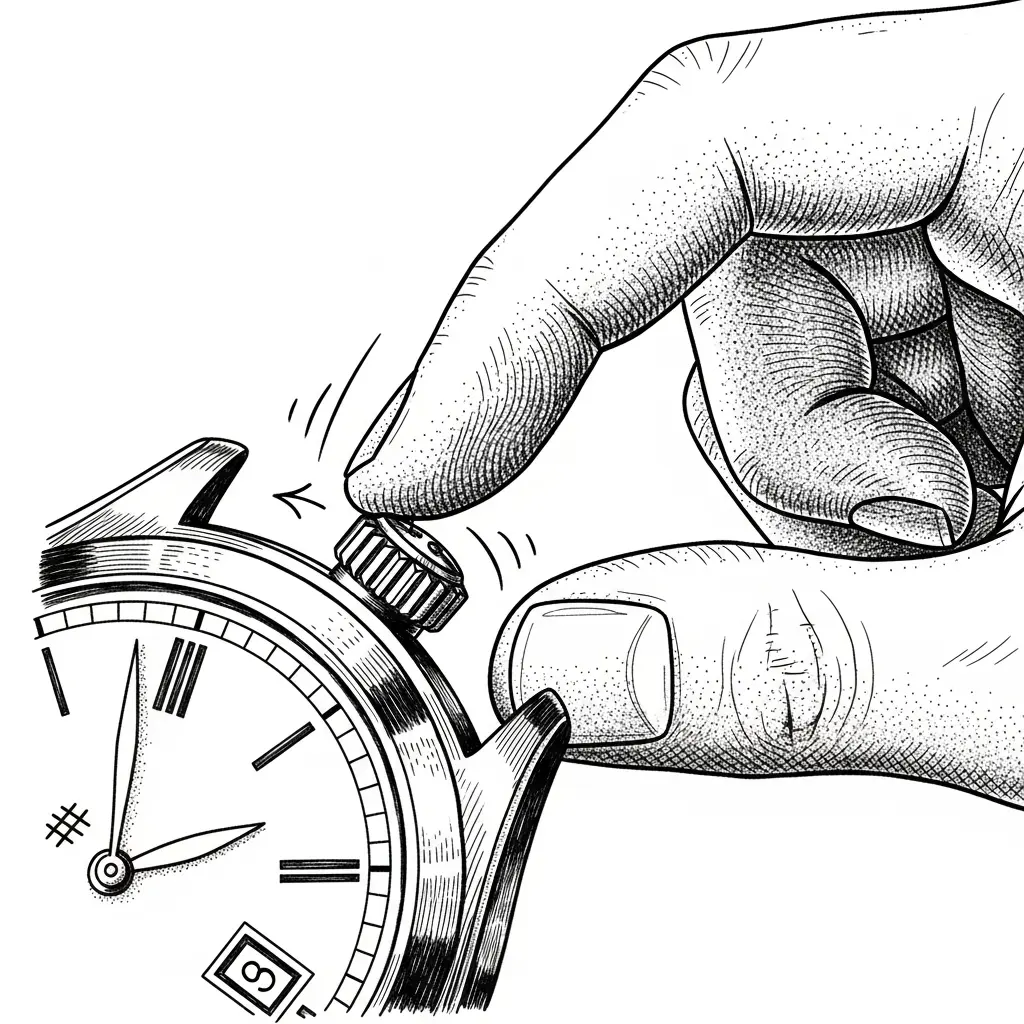An automatic watch is a masterpiece of mechanical engineering. Unlike a quartz watch that uses a battery, it runs on the energy generated by the motion of your wrist. But to keep it ticking accurately, it needs proper care for the set and wind automatic watch. Here’s how to keep it running smoothly and accurately. It needs proper care. This guide provides easy steps for its care and key tips to avoid damaging the crown. Proper winding and setting are essential. They ensure accuracy and longevity.
How Does the Automatic Movement Work?
Firstly, you need to understand
watches. An automatic movement has a mainspring. This spring stores energy.
A Semicircular rotor spins as you move your wrist. This spinning motion winds
the mainspring. The energy of the watch is slowly released. It powers the
watch’s gears and hands. This means daily wear keeps it running. A power
reserve keeps it going when not worn. This reserve typically lasts 24 to 48
hours.
Can You Overwind an Automatic Watch?
It is a common worry. It has a built-in protection mechanism. It is called a slipping clutch. When the mainspring is fully wound, the clutch slips. It is preventing and not creating any more tension from building. You cannot rewind it by turning the crown. However, forcing the crown can be a reason for damage. So always wind in a gentle and smooth motion.
Step-by-Step Guide: How to Set and Wind Your Automatic Watch
Step 1: Remove the Watch from Your Wrist
Always take the watch off first. It gives you a stable grip and also prevents sideways pressure on the crown stem. This pressure can bend or break the delicate mechanism.

Step 2: Unscrew the Crown If Your Watch Has One
Mostly watches have a screw- down crown for water resistance. To unlock it, turn it counterclockwise. It will unscrew and pop out slightly. If your crown does not screw down, it simply pulls out.

Step 3: Wind Smoothly and Evenly
Check that the crown is in its normal position. Turn it clockwise using your thumb and forefinger, winding in a slow, steady motion. It looks like slight resistance. For a stopped watch, at least 30-40 turns are usually enough. Stop when you feel increased tension.

Step 4: Adjust the Time if Needed
Simply pull the crown out to set the time. Most watches have two positions, first click to set the date, and second click to set the time. Take special care about that and avoid setting the date between 9 PM and 3 AM; similarly, the date change mechanism is engaged. Forcing it can cause damage.

Step 5: Wear and Enjoy Your Watch
When you push the crown back in completely, screw down the crown, press it in and turn clockwise. Tighten it until it is snug. Do not overtighten. Now place the watch on your wrist. Your natural motion will keep it wound.

Tips to Extend Your Watch’s Lifespan
Expert Maintenance: Service your watch every 5-7 years. It is necessary to clean, oil, and replace worn parts. Keep it away from strong magnets and extreme shocks. Wipe and neat it with a soft cloth to remove dust and sweat.
User Scenarios: When and How Often Should You Wind Your Watch?
If you use your watch regularly, you may never need to wind it manually. If it’s been sitting for a weekend, 20-30 winds will get it started. A watch winder can keep it ready for a watch in a collection that isn’t worn often.
Visualizing Your Watch’s inner Workings and understanding movement and Power. Imagine the rotor spinning like a merry-go-round with every swing. Gears transfer this energy to the balance wheel, which ticks back and forth precisely, moving the hands.
Choosing the Right Tools and Accessories for Watch care, a soft microfiber cloth is essential. To protect your watch, rinse it with plain water after saltwater exposure. For more serious collectors, consider a watch winder.
Watch Winders for Automatic Watches USB Power
- Single Watch Winder Compact is portable and perfect for travel or a single prized timepiece. Often features multiple turn settings (Turns Per Day) and direction changes.
- Multi-Watch Winder: A larger box, often holding 2-4+ watches. These combine a winder and a stylish display case, usually made of wood or leather.
Common Mistakes to Avoid When Winding Your Watch
- Winding while on the wrist it is stresses the crown stem.
- Forcing the crown if it doesn’t turn easily, don’t force it.
- Setting the date at the wrong time can break the date wheel.
- Over-tightening a screw-down crown can strip the threads.
- Do not set the date during the danger zone (9 PM - 3 AM). Keep the watch away from strong magnetic fields.
Troubleshooting
What to do when your watch isn’t keeping time first, ensure it is fully wound. Check if it may be magnetized. If it is consistently fast or slow, it may need regulation. This is a job for a professional who has done it the proper way, like a watchmaker.
Budget-Friendly Maintenance Hacks
Store your watch in a soft pouch to prevent scratches. You can easily purchase a cheap demagnetizer online and polish light scratches with a quality polishing cloth. Always read the manual for model-specific advice.
Final Words
How to Properly Set and Wind Your Automatic Watch. Always handle the crown with care. Proper care ensures it lasts a lifetime. Your watch is a reliable companion. Correct winding and setting are vital but straightforward. Enjoy the advanced product of the watch, treat it well, and it will always tell you about it.
FAQ
Q1. How many turns are needed to wind an automatic watch manually?
Mainly, approximately 30 turns of the crown will provide a full wind. It’s essential to wind gently and stop when you begin to feel noticeable resistance to avoid unnecessary wear.
Q2. Is it safe to wind my watch while I’m wearing it?
It’s not recommended. Winding the watch while on your wrist can place lateral pressure on the stem and crown, which may eventually cause damage. For safety, always remove the watch before winding.
Q3. How frequently does a watch require servicing?
To maintain optimal performance, watches should be serviced approximately every 3 to 5 years. Regular servicing helps keep the movement well-lubricated and functioning smoothly.
Q4. What could be wrong if my watch stops even after winding?
If your watch stops despite being wound, it may need a more complete wind, or it could be magnetized. If simple steps don’t resolve the issue, have it inspected by a professional watchmaker for potential mechanical faults.